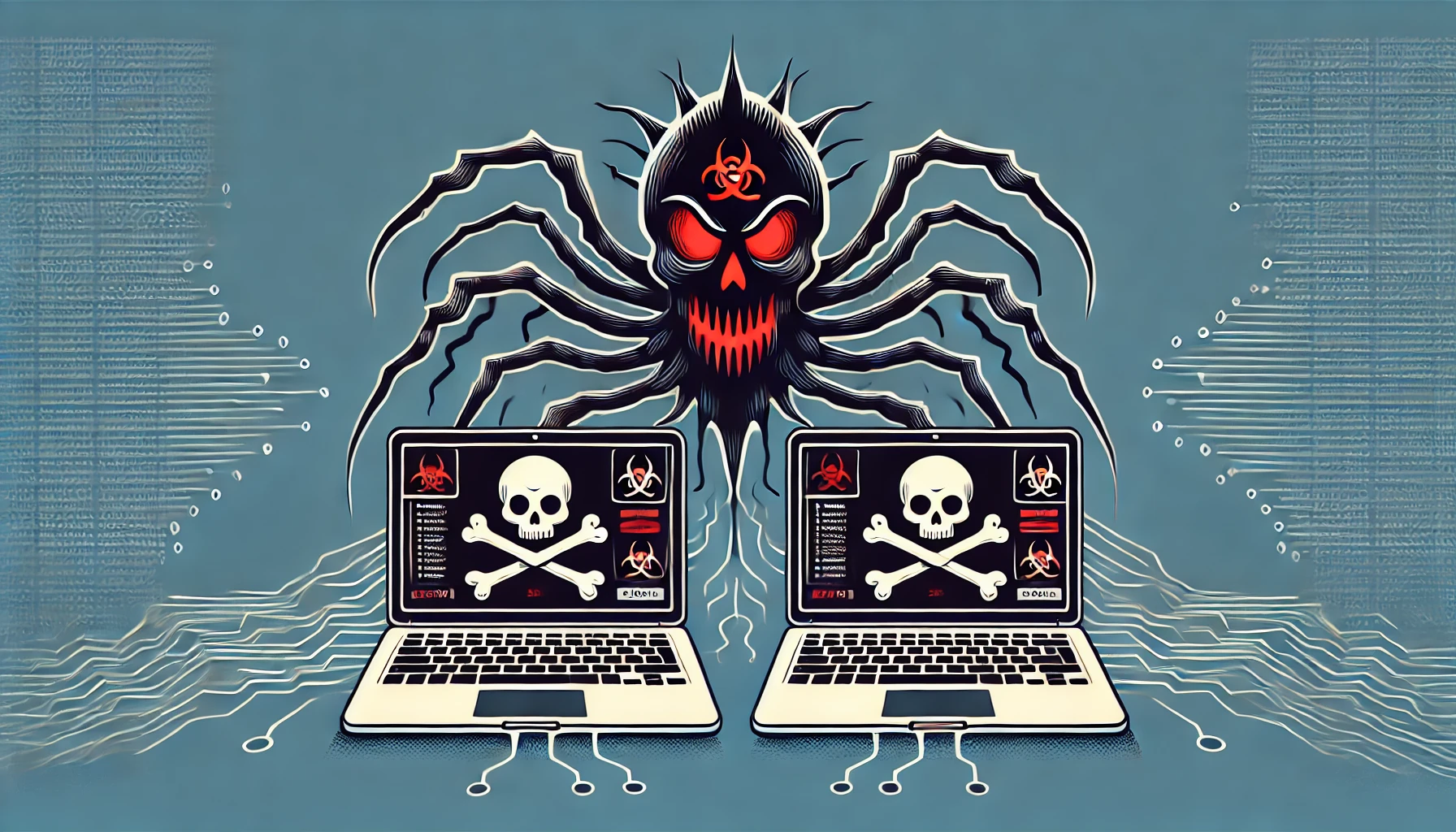Introduction
The Rust-based P2PInfect botnet has evolved significantly, posing new threats with its ability to deliver ransomware and cryptocurrency miners to misconfigured Redis servers. Initially dormant, this botnet has now become a financially motivated operation, leveraging sophisticated methods to propagate and exploit vulnerable systems. This blog explores the botnet’s capabilities, evolution, and how the Cyber Security teams can take the necessary measures to protect against it.
The Evolution of P2PInfect
P2PInfect was first identified about a year ago, targeting Redis servers to transform them into follower nodes of an attacker-controlled server. The botnet uses the Rust programming language, known for its performance and safety features, making it a formidable threat.
Initial Capabilities
- Targeting Redis Servers: Exploits Redis replication features to issue commands.
- Architecture Support: Initially targeted MIPS and ARM architectures.
- Propagation Mechanism: Scans the internet for vulnerable servers and uses an SSH password sprayer module.
Recent Developments
The latest updates have introduced more aggressive and financially motivated components.
Cryptocurrency Miners and Ransomware
- Miner Payloads: The botnet deploys cryptocurrency miners to infected servers, maximizing CPU usage to mine digital currencies.
- Ransomware Payloads: Encrypts files matching specific extensions and demands a ransom of 1 XMR (~$165), though the ransomware’s efficacy is limited by the nature of Redis servers.
Advanced Features
- Rootkit Integration: Utilizes the LD_PRELOAD environment variable to hide malicious processes and files.
- Peer-to-Peer Network: Forms a mesh network for efficient propagation of updates using a gossip mechanism.
- User Interference: Changes passwords, restarts SSH services with root permissions, and performs privilege escalation to maintain control over the infected servers.
Implications for Cybersecurity
The evolution of P2PInfect highlights several important considerations for cybersecurity professionals.
Financial Motivation
The shift to a financially driven model with ransomware and cryptocurrency miners indicates a growing trend among botnet operators to monetize their efforts. This evolution necessitates a focus on both preventative and reactive security measures.
Botnet-for-Hire
Evidence suggests that P2PInfect may be operating as a botnet-for-hire, deploying payloads for other attackers in exchange for payment. This model complicates attribution and mitigation efforts, as different payloads might target different aspects of an organization’s infrastructure.
Mitigation Strategies
To protect against P2PInfect and similar threats, organizations should adopt a multi-faceted approach.
Secure Redis Configurations
- Disable Unnecessary Features: Turn off Redis replication if not needed.
- Strong Passwords: Ensure strong, unique passwords for all services.
- Regular Updates: Keep Redis and other server software up-to-date with the latest security patches.
Network Security Measures
- Firewalls and IDS/IPS: Implement robust firewalls and intrusion detection/prevention systems to monitor and block suspicious activities.
- SSH Hardening: Use key-based authentication for SSH, disable root login, and limit SSH access to trusted IP addresses.
- Regular Audits: Conduct regular security audits to identify and remediate vulnerabilities.
Incident Response and Recovery
- Backups: Maintain regular, secure backups of critical data to mitigate the impact of ransomware.
- Incident Response Plan: Develop and regularly update an incident response plan to ensure quick and effective action in the event of a breach.
- Rootkit Detection: Use advanced rootkit detection tools to identify and remove hidden malicious processes.
Conclusion
The evolution of the P2PInfect botnet from a seemingly dormant threat to a sophisticated, financially motivated operation underscores the need for vigilant cybersecurity practices. By understanding the botnet’s capabilities and implementing robust security measures, organizations can better protect themselves from this and similar threats. Regular updates, secure configurations, and a proactive security posture are essential in defending against the ever-evolving landscape of cyber threats.
